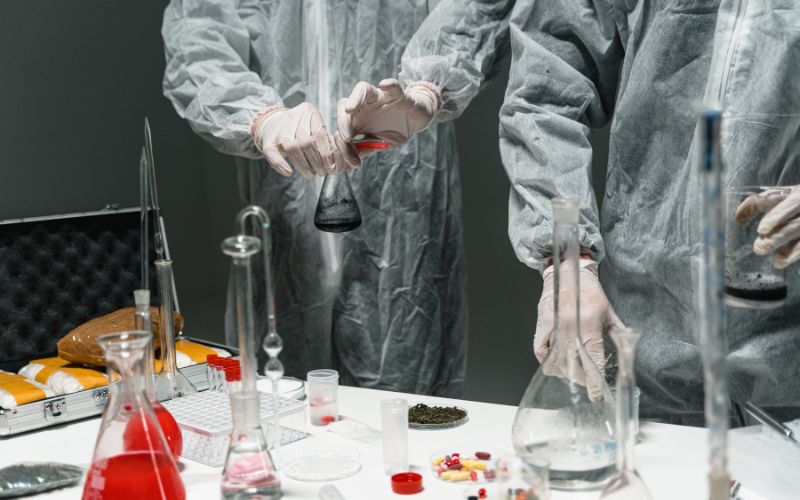
What is Pharmacovigilance?
The pharmaceutical industry is an ever-evolving environment, and pharmacovigilance is a necessary component of it. Pharmacovigilance is the practice of monitoring drugs after they have been approved and released onto the market to ensure they are safe for public use. It helps safeguard patients from potential risks associated with taking certain medications, making it an essential part of the drug development process.
How Does Pharmacovigilance Work?
Pharmacovigilance works by collecting, recording, and analysing data about adverse events that occur when particular medications are prescribed or used. Adverse events include any undesirable effects that may be caused by taking a medication, from mild side effects like nausea to more serious conditions such as heart failure. By monitoring these events, pharmacovigilance programs can identify potential safety issues associated with certain drugs and take appropriate measures to reduce the risk to patients.
Pharmacovigilance begins before a drug is released on the market. During clinical trials, researchers collect data about adverse events that may occur during the testing phase. This data helps them determine whether or not a drug should be approved for sale in the first place. Once it has been approved, pharmacovigilance continues throughout its entire lifecycle in order to monitor any new safety concerns as they arise. This includes collecting information from healthcare professionals and patients about any new side effects or problems encountered while taking the drug.
The Benefits of Pharmacovigilance
The primary benefit of pharmacovigilance is that it helps protect patient safety by reducing the risk of harm due to adverse reactions or other serious medical conditions caused by drugs on the market. In addition, pharmacovigilance also enables pharmaceutical companies to make informed decisions about their products and develop strategies for improving their safety profile over time. For example, if a company discovers that a certain medication has an increased risk of causing heart failure in some patients, it can modify its production processes or alter its labelling accordingly in order to reduce this risk as much as possible.
In conclusion, pharmacovigilance plays an important role in ensuring patient safety and preventing potentially dangerous drugs from being released on the market. It allows pharmaceutical companies to monitor adverse events associated with their products throughout their lifecycle in order to identify any potential problems early on and take corrective action when necessary. Therefore, it is essential for all pharmaceutical companies to have robust pharmacovigilance programs in place in order to protect both their customers and their own reputations from harm due to unsafe medicines being sold on the market.



